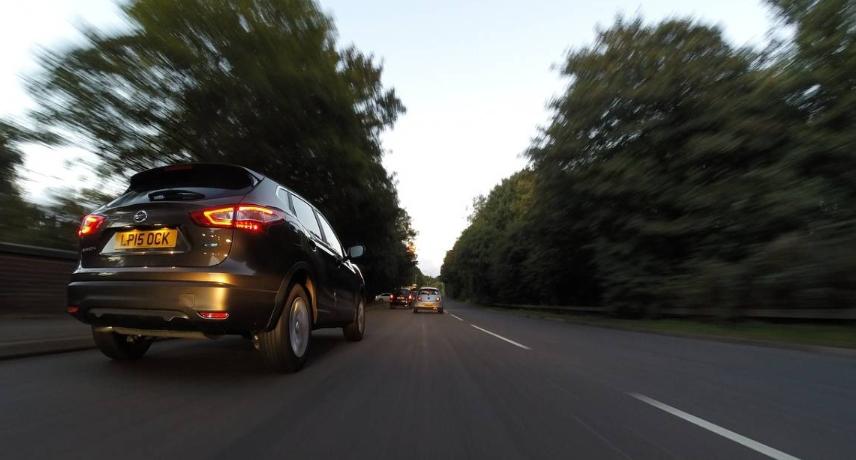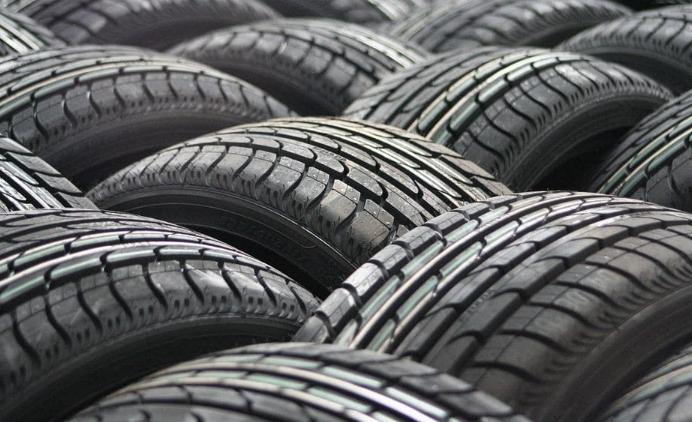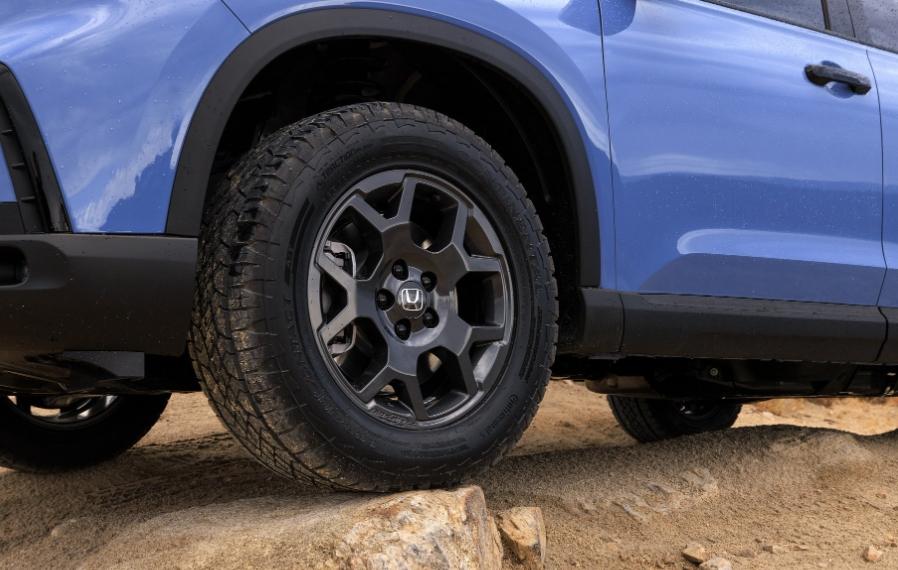
Why a car’s tires pollute more than its engine
February 17, 2023Harmful particles produced by tire and brake wear, as well as road deterioration, constitute an increasing environmental concern that pollutes more than commonly acknowledged. The European Union does not regulate this form of pollution.
European policies concerning vehicle pollution are quite stringent, but they only account for emissions stemming from engines. In reality, a vehicle’s air pollution doesn’t solely arise from its combustion engine. There is another type of pollution that is as harmful or even more so than any vehicle, including electric ones. This pollution is generated in the form of microplastics due to the wear and tear of brakes, tires, road surfaces, and the resuspension of dust from asphalt as vehicles move. These particles are referred to as NNE (Non-Exhaust Emissions). The majority of these particles remain in the soil and water, polluting rivers and oceans, while others stay in the atmosphere, negatively impacting air quality. In this article, we explore whether any regulations govern NNE and how we can help reduce them.
Zero emission policy in Europe
According to the European Environment Agency (EEA), transport accounts for approximately a quarter of the CO2 emissions in the European Union, with 71.7% of these emissions coming from road transport. Among all vehicles, cars are the most environmentally damaging, responsible for 60.6% of greenhouse gas emissions.
The European Green Deal aims to achieve climate neutrality within the Union. By 2035, the sale of new cars with combustion engines will be phased out, providing a significant push towards the adoption of electric vehicles. The goal is to reduce greenhouse gas emissions from transportation by 90% by 2050 compared to levels recorded in 1990.
Pollution that does not come from the tailpipe
However, not all vehicle pollution is generated by the engine combustion. It is also necessary to consider the pollution originating from the wear and tear of tires, brakes, road surfaces, and the suspension of road dust during circulation, commonly known as non-exhaust emissions (NEE).
NNE pollution is not currently regulated by the European Union. There are no specific rules or measures to limit or reduce it, despite the fact that it is responsible for a significant portion of the primary particles from road transport. Specifically, it is responsible for 60% of total PM2.5 (particulate matter less than 2.5 microns) and 73% of PM10 (10 microns).
Where do the NEEs come from?

The UK Government Air Quality Expert Group (AQEG) conducted a study titled “Non-Exhaust Emissions from Road Traffic,” which identifies the nature and sources of NEE.
Tire wear
The contact surface of a tire with the road undergoes continuous wear, resulting in the release of significant amounts of rubber particles. These particles have a size range of less than 10 microns in diameter, known as PM10 and PM2.5.
• Larger particles often remain on the road surface until washed away by drainage water. • Smaller ones can become suspended and contribute to the formation of non-exhaust particles in the atmosphere.
Brake wear
In a typical vehicle, the braking system creates friction between the brake pad and a disc or drum, resulting in abrasion that produces very fine dust. A significant portion of this dust becomes airborne in the form of small particles.
Pavement wear
The contact between the road surface and the tire leads to not only tire abrasion but also road surface wear, particularly when it is already deteriorated. This wearing process results in the release of particles into the air.
Resuspended road dust
Dust from various sources, including the airborne particles and abrasion products mentioned above, accumulates on the surface of the road. When deposited on asphalt, much of this material is in the PM10 size range. The action of tires on the road dust also grinds these particles, reducing their size to between PM2.5 and PM10.
Serious environmental and health problem

Harmful particles from tires and brakes are becoming an increasingly pressing environmental issue. Various organizations have been warning about the negative impacts of these microplastics on human health. A study conducted by Emissions Analytics, an independent UK consultancy, has estimated that this type of pollution may be up to 1,850 times worse than that emitted by car exhaust pipes.
As emphasized in the AQEG report, NEEs are particularly significant in urban settings due to a greater amount of braking per kilometer. It is estimated that only in cities, around one kilogram of tire particles per person per year is deposited into the environment through wind and rain, ultimately ending up in rivers and sewage systems.
The popularity of big and heavy vehicles, such as SUVs, and the rising demand for electric vehicles, which rely heavily on batteries, have contributed to higher levels of pollution. According to Emissions Analytics, the weight of an electric car battery (which can be as heavy as half a ton) can cause emissions from the vehicle’s tires to be up to 400 times higher than the emissions from the exhaust pipe of a car with a combustion engine.
How to solve this problem?
In the absence of specific guidelines from the European Union to address the environmental issue posed by Single-Use Plastics (SENs), the adage “many few do a lot” appears to be the most appropriate approach. There are two measures that we can take individually:
Pay attention to the condition of the tires
Driving with the correct tire pressure and replacing tires when they are worn out or expired can help reduce friction on the road surface.
Carry out an ECO driving
Reducing the amount of brake usage while driving can help decrease abrasion and the release of particles. To achieve this, it’s recommended to corner at a speed appropriate to road conditions, use engine braking to slow down instead of applying the brake pedal, and adjust driving to traffic by avoiding sudden braking and acceleration. These measures are much more effective than commonly believed.